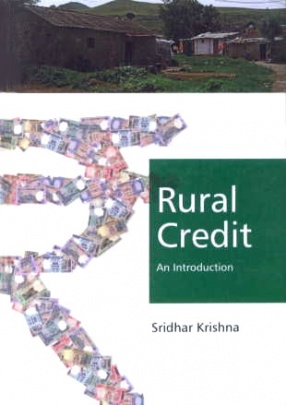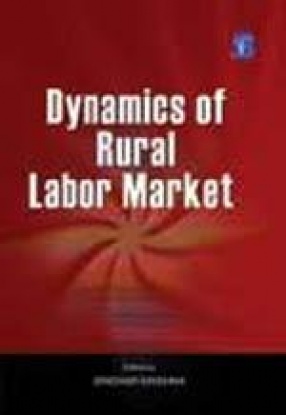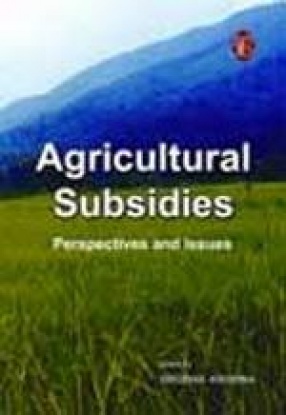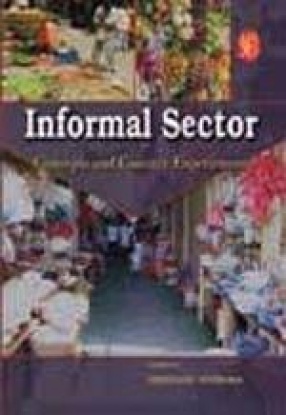Rural Credit: An Introduction
Rural credit is made up of the following: one, credit disbursed by commercial banks, regional rural banks and the cooperative banks and credit societies constituting the formal sector; two, micro credit involving the bank-SHG linkage and the Micro Finance Institutions (MFIs); three credit being extended by the banks through government employment generation programmes like Swarnajayanti Gram Swarozgar Yojana, which involves an element of government subsidy and four, informal credit involving the rural money lenders, friends and relatives. After the nationalization of banks in 19869, priority sector lending was introduced accounting for 40% of the net bank credit, which was meant predominantly for small scale industries and agriculture, with the latter accounting for 18% of the total net bank credit.
The thrust which agriculture and the rural credit sector had received after bank nationalization was gradually withdrawn in the post-reforms period after 1991-92. The problem of money lenders who lent at usurious rates of interest, which had been somewhat tackled in the years of social banking, again surfaced. The financial sector and banking sector reforms have meant that the social objectives of providing credit to the rural sector, in particular the income poor and in expanding the role of the formal sector to contain the informal sector, no longer hold. The share of rural credit in total declined from 17.55% in 1993-94 to 14.09% in 2002-03. The book should prove useful to scholars, students of management, economists, bank officials and NGOs.
Get it now and save 10%
BECOME A MEMBER











Bibliographic information